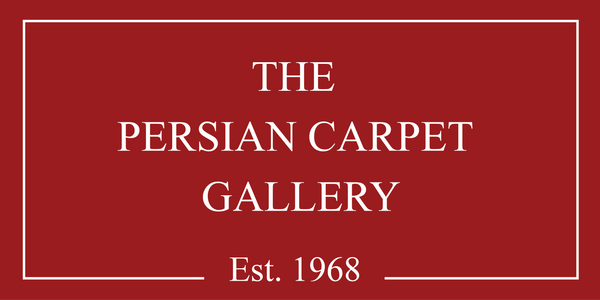Rug Pricing Complexity
Ever questioned the steep prices of carpets? Stepping into a vast store adorned with carefully arranged rugs can be a thrilling experience, sparking a desire to own each piece. For passionate oriental carpet enthusiasts, the dream of acquiring exquisite additions to their collection is a persistent thought.
Yet, the reality sets in when one acknowledges the challenge of fulfilling such aspirations. Authentic oriental carpets, celebrated for their quality, come with a significant price tag, making them an investment out of reach for many. However, for those on a budget, there are accessible options, allowing for smaller purchases until ready for more substantial investments.
This raises the crucial question: Why are rugs and carpets so costly, and what factors contribute to the wide price variations in the market?
Exploring the online carpet marketplace unveils a spectrum, ranging from high-priced pieces to collections seemingly affordable for the average individual. Demystifying the reasons behind these price differences is vital for making informed decisions in the world of carpet shopping.
A Comprehensive Guide to Smart Buying
In the realm of carpet and rug purchases, the inconsistent pricing landscape lacks a universal standard set by dealers and manufacturers. This guide intends to illuminate the nuances of carpet pricing, providing buyers with the knowledge needed to make well-informed decisions during their carpet shopping journeys.
Key Factors Affecting Carpet/Rug Prices
Experts identify three primary factors influencing the price of a carpet or rug:
Construction Type:
Hand-Knotted and Hand-Woven: Valued for traditional techniques, intricate details, and durability.
Hand-Tufted: Artistic but lacks density and character, with a lifespan of 10-15 years.
Hand-Loomed: Exhibiting a handmade feel but prone to loose threads, lasting less than five years.
Machine-Made: Appeals visually but lacks a human touch, with cleaning challenges and a six-year lifespan.
Materials Used:
Wool: Prized for durability and natural stain resistance, sourced from quality regions like Afghanistan and New Zealand.
Silk: Premium quality, softness, and sheen, requiring professional maintenance due to susceptibility to stains.
Viscose: Faux silk with a silky appearance, falling between medium-grade wool and silk in cost.
Polyurethane: Budget-friendly but with lower resistance to wear and tear, challenging to clean.


Size of Carpets:
Priced per square foot or square meter, larger carpets cost more, prompting buyers to set a budget aligned with their size requirements.
Considering the Origin:
Manufacturing location significantly impacts carpet costs. Countries with cheap labor and lenient environmental regulations often produce more affordable rugs. In contrast, countries with traditional craftsmanship, such as Persia, Turkey, and Russia, yield high-quality carpets commanding a premium.
As India gains prominence in the global carpet market, regions like Agra, Amritsar, Jaipur, and Bhadohi showcase traditional craftsmanship alongside the adoption of new looms.


In conclusion, understanding the intricacies of carpet pricing empowers buyers to navigate the diverse market, make informed decisions, and select carpets aligning with their preferences and budgets.
